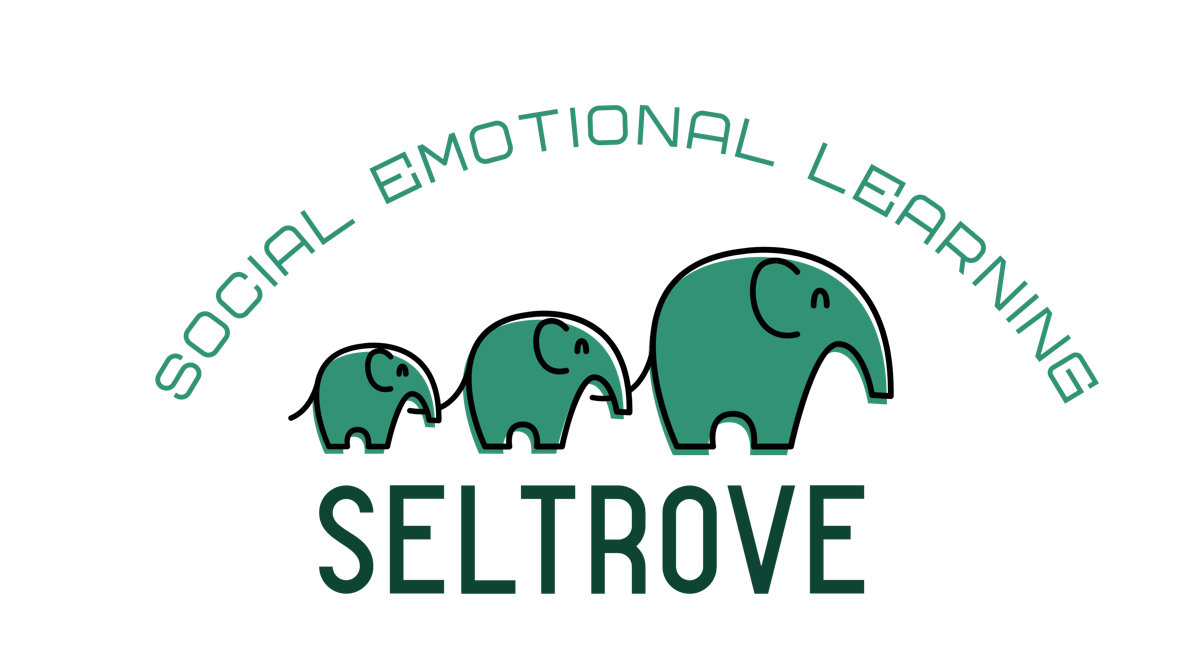We can incorporate stories about students standing up for what is right and doing their best to help support and protect someone who is being hurt into our lessons. We can find curricula about young people who have had to stand up for others and ask our students what they would have done in those same situations. A bystander is someone who witnesses bullying, but does nothing to try and stop it. While this doesn’t mean a bystander is bad, there are ways to help even when you are scared to intervene.
In my school we have incorporated the program, See Something, Say Something. When we first started this endeavor, there was a lot of anonymous information being reported by our students. Almost too much but we were glad that students were standing and reporting what they felt was wrong. Over the course of the school year, the information lessened but what we gathered was very valuable in helping to dissolve many situations where students were being bullied. This was helpful because students were able to notify trusted adults of potent situations without losing their confidence and being bullied themselves for being an upstander.
In my school we have incorporated the program, See Something, Say Something. When we first started this endeavor, there was a lot of anonymous information being reported by our students. Almost too much but we were glad that students were standing and reporting what they felt was wrong. Over the course of the school year, the information lessened but what we gathered was very valuable in helping to dissolve many situations where students were being bullied. This was helpful because students were able to notify trusted adults of potent situations without losing their confidence and being bullied themselves for being an upstander.
Here are four ways we can teach students how to be upstanders:
Want to learn more?
Check out our teacher workshops!
The Community Workshop bundle complements this topic well by focusing on relationship skills, being an upstander, and empathy. Check it out!
The Community Workshop bundle complements this topic well by focusing on relationship skills, being an upstander, and empathy. Check it out!
Write your awesome label here.
Write your awesome label here.
Support your Students' Well-Being
Check out our student resources!
Our SEL Student Workbooks and Digital Class Packs complement the topic of well-being and mindfulness well. Check them out!
Our SEL Student Workbooks and Digital Class Packs complement the topic of well-being and mindfulness well. Check them out!
